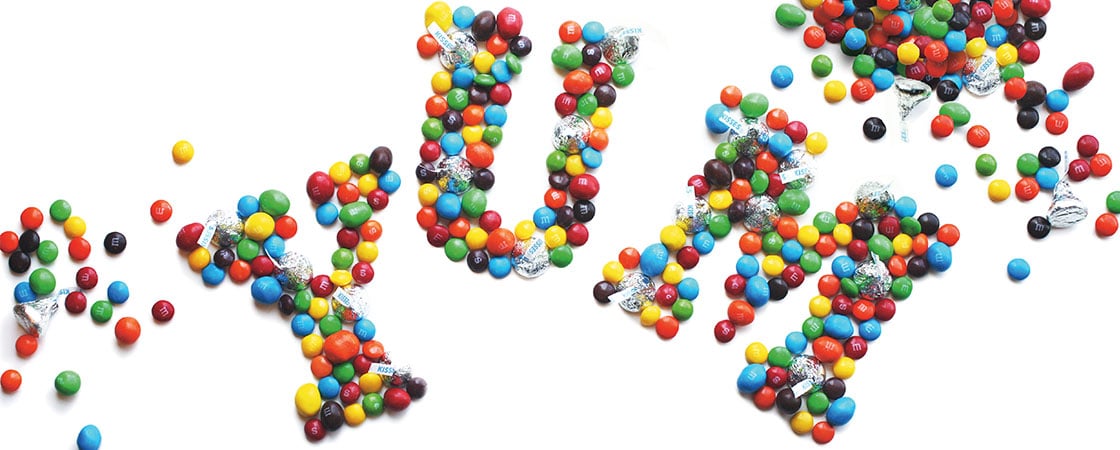Courtesy of Hershey Community Archives, Hershey, PA
You can thank Milton Hershey for bringing chocolate to America.
It all started with a smell—sweet and delicious.
The year was 1893. A man named Milton Hershey was in Chicago. He was a candy maker from Pennsylvania. He had come to Chicago to visit a huge fair. People from many countries had come to see inventions from all around the world.
It all started with a smell. It was sweet and delicious.
It was 1893. Milton Hershey was in Chicago. He was a candy maker. He was in Chicago to go to a huge fair. People from many countries had come. They would see inventions from all around the world.


